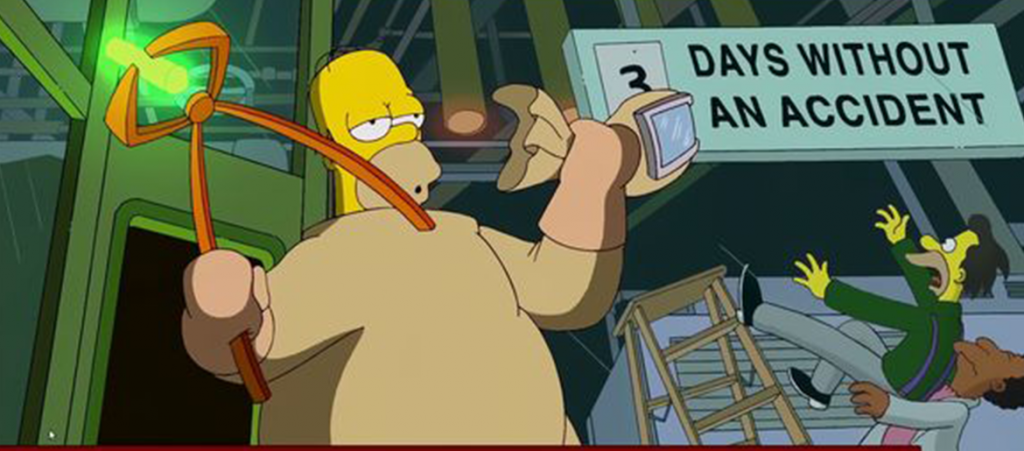
Suddenly, it seems like everyone is talking about nuclear power in Australia. In the wake of the climate election, opposition leader Peter Dutton has propelled two supporters of nuclear energy into key climate spokesperson roles, and even Barnaby Joyce has chimed in saying he wants nuclear in Australia. It’s a polarising topic, but if we’re serious about achieving a zero-carbon economy… should Australia be transitioning to nuclear power? To catch you up on the debate, we’ll explain the basics of how nuclear power works and whether it’s a viable option for Australia.
TLDR Summary: Nuclear evangelists believe it can be *the* answer to reaching net-zero, alongside a mix of renewables. Nuclear critics note that it’s expensive, unsafe, and can’t be rolled out at scale in Australia fast enough to help us reach net-zero.
What is nuclear power?
Nuclear power – just like solar power, hydro or any other form of power generation – is a method of producing electricity. It draws on the science of nuclear reactions to generate power in many countries including France, the United Kingdom and the United States.
Unlike the burning of fossil fuels, nuclear power does not directly emit greenhouse gas emissions. While there are associated emissions across the lifespan of a nuclear power plant, the technology is largely hailed by supporters as one of the answers to decarbonising our energy grid.
How does it all work?
The actual process of producing nuclear power starts with nuclear fission. The simplest explanation of nuclear fission is splitting an atom to harness all the juicy energy that holds the nucleus together. In the controlled environment of a nuclear reactor, this process starts a chain reaction which generates lots of energy and heat, which needs to be cooled with water. That produces steam, which is used to spin a turbine on-site and generate electricity. Easy!
Totally bizarre, this. Every piece of analysis I’ve seen says nuclear is not economically viable in the absence of a carbon price. And yet it is always the most trenchant opponents of carbon pricing who push nuclear.#auspol
— Katharine Murphy (@murpharoo) May 30, 2022
Ok, sounds fine. What’s the fuss then?
Those atoms being split during the nuclear fission process are usually uranium atoms. Uranium is a heavy metal, which has been specifically mined and enriched to be used as nuclear fuel in most plants around the world. This is one of the main reasons nuclear isn’t lumped in with ‘renewable’ forms of energy: it is powered by a finite resource which undergoes an intensive process to get it ready for nuclear use. While mining is also involved in the construction and storage of renewable energies like solar and wind (which haters are quick to point out) it isn’t used to fuel these technologies, like it is for nuclear.
A core issue motivating critics of nuclear energy is safety. When uranium atoms are split, it releases energy in the form of heat and radiation. Nuclear reactors are built to manage and store radioactive material which is generated during the whole process, but when things go wrong…they go very wrong (see: Fukushima, Chernobyl, and Three Mile Island).
Supporters of nuclear energy argue that many of the issues that have plagued the technology over the years have been ironed out and that the debate has progressed. With newer technology, nuclear waste is minimised and the whole process is getting safer. But anti-nuclear advocates are not convinced, noting that the risk of complications is still too high for their liking.
Can nuclear power help Australia get to net-zero?
The case for nuclear power plays out a little differently in Australia. For starters, there is currently a ban on nuclear power development here. We have no nuclear power plants, meaning any discussion about nuclear as a viable energy source will require us to start from scratch.
This is part of the reason why nuclear doesn’t have much momentum in the energy debate right now. The technology is expensive and has remained so for decades; on the other hand, the cost of renewables has plummeted to be cheaper and more available than ever. Analysis indicates that in this current energy environment, the only thing that would make nuclear competitive is a price on carbon – a market mechanism which effectively punishes carbon emitting technologies like coal and gas, and incentivises cleaner forms of energy. Yet as Guardian Australia political editor Katharine Murphy points out, the same supporters of nuclear power are the ones who unequivocally reject carbon pricing. Weird, huh?
So while many other countries are using nuclear power to generate a lot of their power (in France, nuclear provides about 70% of the country’s electricity), in Australia the bottom line is this:
Even if we accepted nuclear power technology – with all its controversies and potential – it would still take far too long to integrate it into the current energy market and make a real impact on our journey to net-zero. It takes years to build a nuclear power plant (around a decade), and the policy context, community support, and expertise to execute this stuff just doesn’t exist in Australia yet. If we’re serious about reaching net-zero by 2035-ish, it’s important to remember that nuclear power wouldn’t be functional until then anyway.
Meanwhile, renewable energy generation and storage in Australia is growing, fast. The Australian resource context makes much more sense for technologies like wind and solar – we’ve got a lot of land, sun, and wind. And while the transition to these sources of energy isn’t straightforward, nuclear power just doesn’t stack up as a practical addition to our energy grid.




Comments are closed.